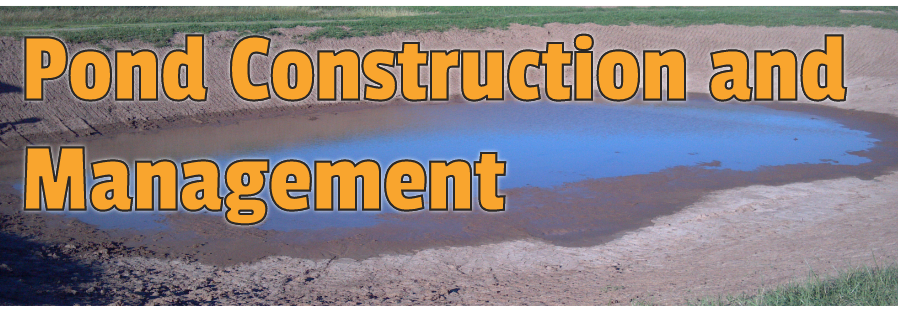Main Content

Feeding
Providing fish feed regularly can have a major impact on the growth of bluegill, channel catfish, hybrid striped bass, and feed-trained largemouth bass. Non feed-trained largemouth bass and other sportfish, such as crappie, that do not eat the feed will benefit indirectly from the larger and more abundant forage fish that do eat the feed. Feeding by hand is acceptable for small ponds, but even this task can be difficult to maintain long-term. Advanced feeding programs may require feeding several times per day, which is even more difficult to do by hand. Automatic feeders, while expensive upfront, make the process much easier. Popular feeder brands include Texas Hunter, Sweeney, Moultrie, and numerous more budget-friendly store-brand options. Feeding can begin when water temperatures warm to over 65°F, or when fish begin responding to feed hand-tossed into the pond, and continue until waters cool to 65°F again in the fall, or when fish stop responding to the feed. Only use floating feed so that you can observe how much is being eaten. Feed no more than can be consumed by your fish in 10 minutes, and do not exceed 15 lbs per acre per day. Fish feed contributes to the pond’s fertility. Even pellets eaten by your fish are not fully digested before they are excreted. Excessive feeding can lead to algae and/or weed problems, or make existing vegetation problems worse.
What to read next:
-
Fish Stocking and Management
Additional resources:
-
SRAC 0181 Feeding Catfish in Commercial Ponds
-
SRAC 1806 Feed Ingredients and Feeds for Channel Catfish
-
SRAC 3001 Feeds and Feeding of Hybrid Striped Bass
-
SRAC 5003 Principles of Fish Nutrition